
People smoking in public places – Photo: NAM TRAN
The information was given at a workshop on reducing the harmful effects of tobacco, recently organized by the Institute of Health Strategy and Policy, Ministry of Health in Da Nang City.
Tobacco industry labor decline due to other reasons
The tobacco industry creates very few jobs, and the number of jobs is decreasing due to the automation and mechanization of the production process. According to the General Statistics Office, the number of workers in the tobacco manufacturing sector decreased from 13,586 in 2010 to 11,140 in 2018.
Meanwhile, the total output of the tobacco industry remained virtually unchanged between 2010 and 2018. Notably, the number of workers in the tobacco industry decreased even in years when production output increased.
Similarly, for tobacco farmers, the data also shows that from 1985 to 2018, tobacco productivity tended to increase while tobacco growing area tended to decrease, and even in periods of sharp decline in tobacco growing area (2016-2018), productivity still increased.
The World Bank's 2017 tobacco tax report shows that reducing tobacco consumption does not mean reducing total employment in the economy .
The money smokers spend on cigarettes will be diverted to other goods and services, creating jobs to replace those lost in the tobacco industry. This will add jobs to the economy.
The number of workers affected is very small.
MSc. Dr. Nguyen Tuan Lam, an expert of the World Health Organization (WHO) in Vietnam, also informed that according to the data of the Tobacco Association, the whole country has about 600,000 workers in the tobacco industry (accounting for about 0.31% - 0.35% of the workforce in the entire economic sector), including workers, farmers, traders and service workers.
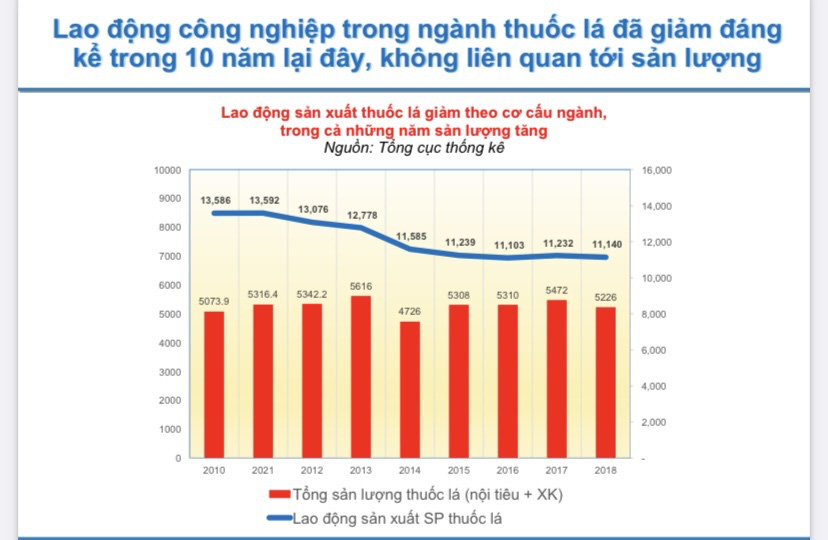
Figures cited by experts show that the reduction in tobacco industry employment is not related to output.
For tobacco farmers, according to a report from the Ministry of Industry and Trade, Vietnam still has to import tobacco leaves every year. Therefore, when consumption decreases, the tobacco industry can reduce the import of raw materials and will not affect domestic tobacco growers.
Even if they do not grow tobacco, people can grow other agricultural crops with income no less than growing tobacco.
One of the tasks of the Tobacco Harm Prevention Fund established in 2023 is to support the implementation of solutions to convert industries and occupations for tobacco growers, tobacco raw material processors, and tobacco producers to limit the impact on tobacco farmers.














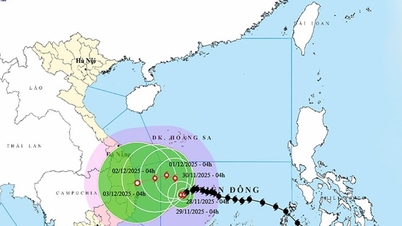








































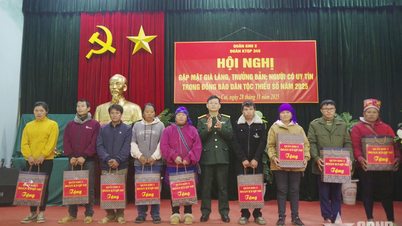






























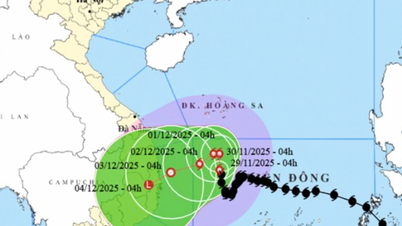





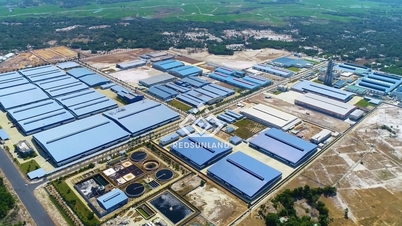













Comment (0)